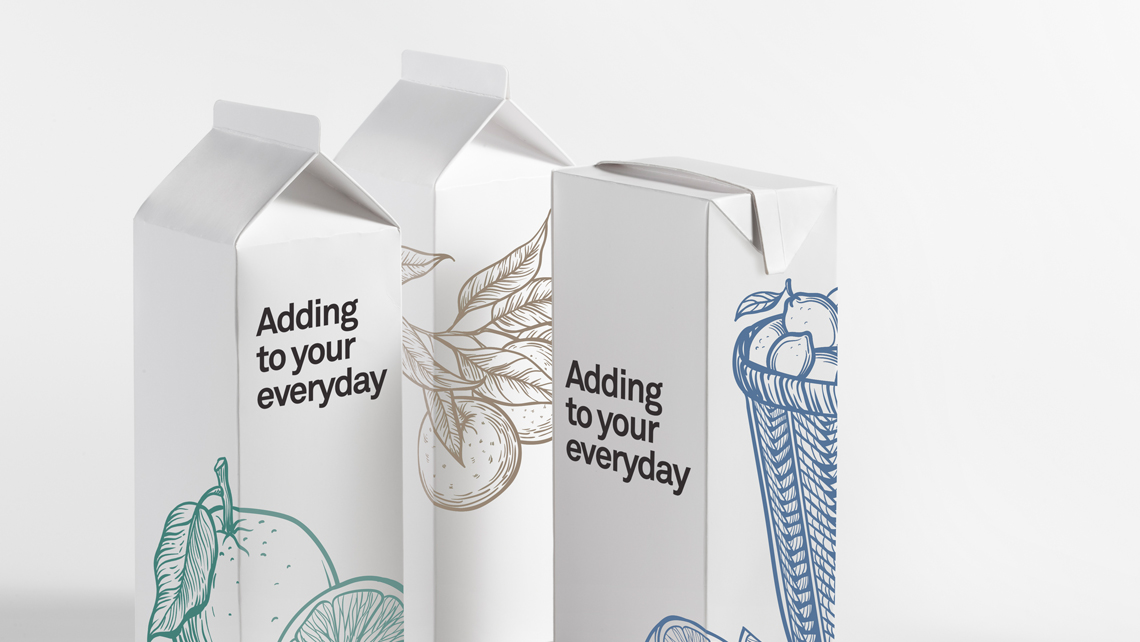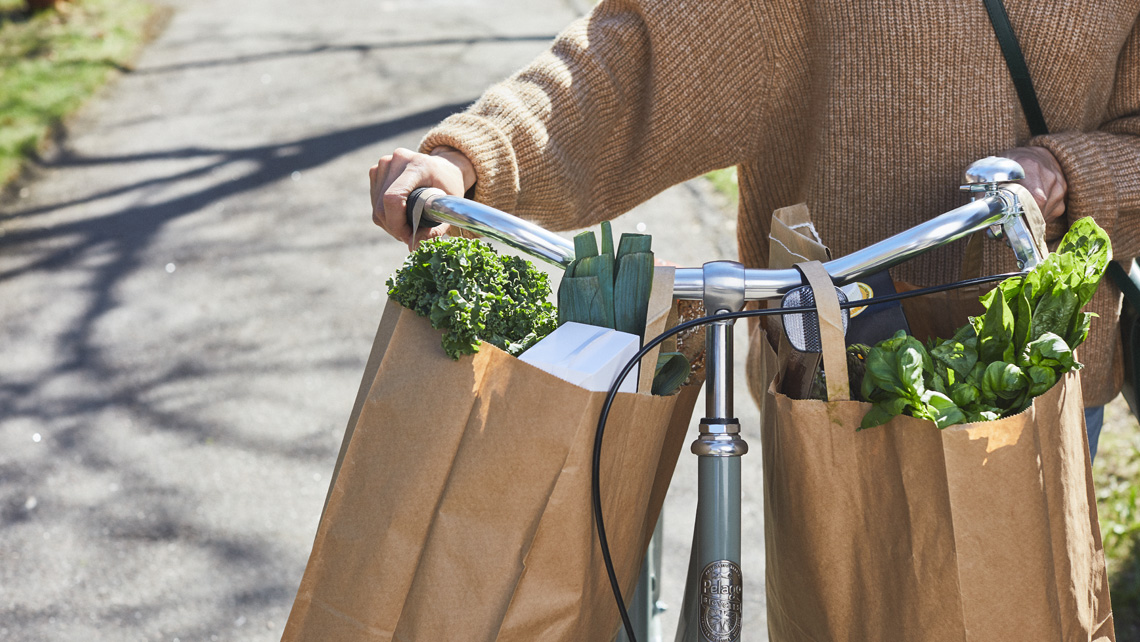Cool product, hot topic. The phrase pretty much sums up attitudes to ice cream in Kemira’s home country of Finland. In a country with long, brutally cold winters, you could be forgiven for thinking that ice cream wouldn’t exactly be top of many people’s shopping lists. Yet, Finns consume the most ice cream per capita in Europe. It’s everywhere, and frequently sold in fiber-based wrappers, boxes, or tubs.
The unsung hero of ice cream packaging
As consumers and brands increasingly seek out more sustainable alternatives to plastic packaging, demand for renewable fiber-based packaging continues to rise. Indeed, according to an international consumer survey commissioned by Kemira, over half of the respondents said they would be willing to pay more for food packaging if it was made from renewable materials. But however sustainable fiber-based packaging might be, without chemistry it simply wouldn’t be up to the job of packaging ice cream.
As a food product, ice cream has to be first and foremost packaged in materials that are safe to use with food and which meet the highest hygiene standards. Enter chemistry, specifically biocides, which are critical to making sure that the board produced for your ice cream packaging remains hygienic and free of microbes.
Keeping the ice cream in and everything else out
As well as ensuring it’s hygienic by preventing microbial growth, chemistry gives the board the required properties such as stiffness, strength, formability, and printability.
Ice cream packaging has to withstand some pretty tough challenges along its journey to the store, with huge temperature changes being one of the toughest.
If you think about the piece of board used to wrap around a block of your favorite ice cream, that material has to withstand some pretty tough challenges along its journey to the store, with huge temperature changes being one of the toughest. For example, the liquid ice cream might be +50 or 60°C when the package is being filled before being flash frozen down to -20 or -30°C ready for storage and transport.
And when you pull that tub or box from the freezer at the store, think about what happens to it. Another big temperature change that means condensation forms. Without hydrophobation chemicals to stop the material from taking in liquid, instead of a tasty treat, you’d be looking at a melted mess in a matter of minutes.
Some food for thought as many of us in the northern hemisphere gear up for the summer and prepare to tuck into our favorite flavors once again.




